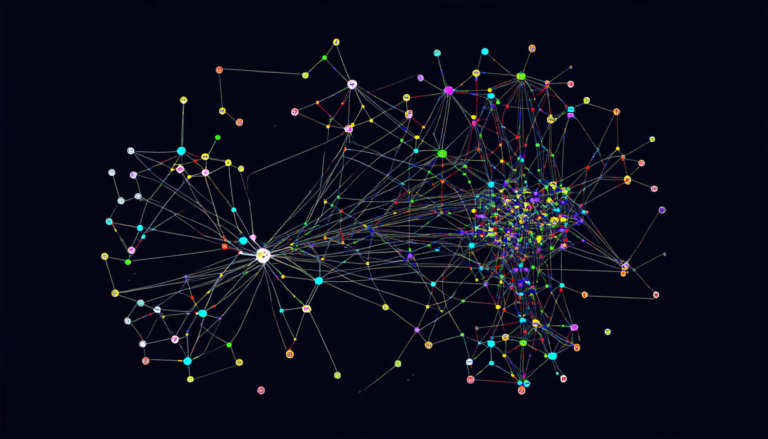Sunday 12 October 2025
The quest for a more immersive virtual reality has led scientists to develop innovative solutions to tackle one of its most significant challenges: processing and transmitting massive amounts of data. A recent breakthrough in this area comes from researchers who have created a novel approach to estimate saliency maps, which are crucial for optimizing the transmission of 360-degree videos.
To better understand this achievement, let’s first consider what a saliency map is. In essence, it’s a visual representation of where our attention tends to focus in an image or video. For instance, if you’re watching a football game, your attention might be drawn to the ball, the players’ faces, and the action on the field. A well-designed saliency map can help machines identify these areas of interest and allocate resources accordingly.
Now, back to the researchers who have made this breakthrough. They’ve developed a generative adversarial network (GAN) that utilizes spherical convolutions to estimate saliency maps for 360-degree videos. The GAN consists of two primary components: a generator and a discriminator. The generator takes in a 360-degree video frame, along with the ground-truth saliency map from previous frames, and produces an estimated saliency map. The discriminator, on the other hand, evaluates the generated saliency maps to determine whether they accurately represent areas of interest.
The researchers tested their approach using a dataset comprising 104 360-degree videos viewed by 20 participants. They found that their GAN-based method outperformed existing techniques in all evaluation metrics, including correlation coefficient, Kullback-Leibler divergence, and area under the curve – Judd.
This achievement has significant implications for various applications where efficient transmission of 360-degree content is crucial. For instance, it can improve viewport prediction, which is essential for reducing bandwidth consumption and enhancing user experience in virtual reality environments. Additionally, this technology can be used to optimize the processing of massive amounts of data generated by omnidirectional cameras.
What makes this breakthrough particularly noteworthy is its potential to be integrated into real-world systems with minimal added complexity. The researchers claim that their approach only adds about 5.5% more parameters compared to existing methods, making it a viable solution for deployment in edge devices and servers.
The development of this GAN-based saliency estimation technique marks an important step forward in the quest for more immersive virtual reality experiences.
Cite this article: “Breakthrough in Saliency Map Estimation Enhances Virtual Reality Experience”, The Science Archive, 2025.
Virtual Reality, Saliency Maps, 360-Degree Videos, Generative Adversarial Network, Gan, Computer Vision, Deep Learning, Image Processing, Data Transmission, Immersive Experience







